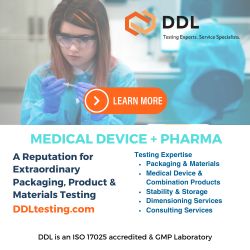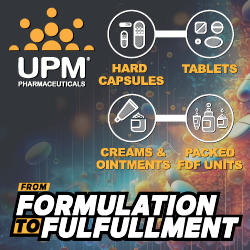Innovative Drugs to Transform Alzheimer's Disease Medication Market
The patent expiry of all four existing EMEA-approved drugs for Alzheimer’s disease (AD) by 2015 is likely to cause a steep decline in the growth of the European AD medication market. However, the approval of next-generation therapies that can delay disease progression and restore cognitive functions are expected to revive opportunities in the market from 2015 to 2018.
New analysis from Frost & Sullivan (http://www.healthcare.frost.com), European Alzheimer’s Disease Medication Market, estimates the market to earn $1.8 billion in 2012 and reach $4.78 billion in 2019, growing at a compound annual growth rate (CAGR) of 15.1% from 2012-2019.
“Increasing R&D activity and a strong pipeline of disease-modifying drugs bode well for market expansion,” notes Frost & Sullivan Senior Research Analyst Aiswariya Chidambaram. “Considerable unexplored opportunities and the commercial goldmine that is the AD medication market have motivated several pharmaceutical and biotechnology companies to invest in R&D, particularly targeting the moderate-to-severe patient group.”
Existing drug classes for AD offer poor therapeutic efficacy. The core focus of new R&D approaches has therefore centered on novel disease-modifying drugs.
“These drugs are expected to offer potential benefits over conventional therapeutic options as they are safer, more effective, and aim to prevent or slow down disease progression rather than provide just symptomatic relief,” adds Chidambaram. “Therefore, these new drugs are expected to command premium prices and fuel market growth.”
A key challenge at present is the looming patent expiry of key blockbuster drugs, including Aricept, Exelon Patch, and Ebixa. Their going off-patent is set to unleash a flood of cheaper generic equivalents that will result in lowered market revenues.
The accurate diagnosis of AD, especially in the early stages, and monitoring of disease progression will play a vital role in promoting proper market segmentation and positioning of drugs by market participants.
AD diagnostics and therapeutics go hand-in-hand. Although the development and approval of new, improved diagnostic tools over a period of time has been a boon to the AD market, the levels of unmet need still remain high.
“The commercialization of the extensively researched advanced diagnostic technologies targeting phosphorylated tau protein and A-beta 42 could open new market opportunities,” concludes Chidambaram. “They not only help patients gain treatment access in the initial stages, but also significantly improve the clinical trial experience.”
If you are interested in more information on this study, please send an email with your contact details to Anna Zanchi, Corporate Communications, at anna.zanchi@frost.com.
European Alzheimer’s Disease Medication Market is part of the Life Sciences Growth Partnership Service program, which also includes research in the following markets: US Alzheimer’s Disease Medication Market and Analysis of the European Bipolar Disorder Therapeutics Market, among others. All research included in subscriptions provide detailed market opportunities and industry trends that have been evaluated following extensive interviews with market participants.
Frost & Sullivan, the Growth Partnership Company, works in collaboration with clients to leverage visionary innovation that addresses the global challenges and related growth opportunities that will make or break today’s market participants. For more information, visit www.frost.com.
Total Page Views: 1429












